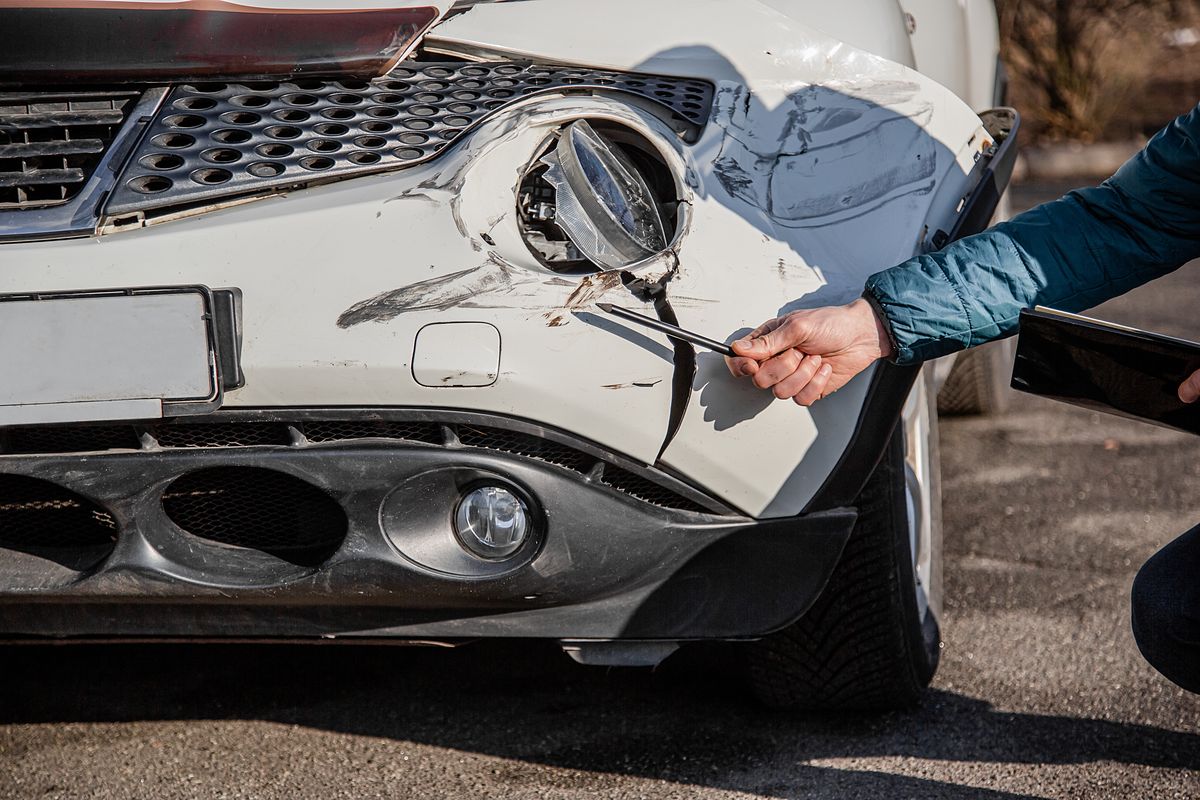After a serious car crash, it’s important to determine who was at fault for the accident. Assuming the victim suffered a serious injury, they have the right to file a claim against the at-fault driver. The at-fault driver will be liable for the victim’s medical bills, lost wages, property damage, and non-economic harm such as pain and suffering and emotional distress.
Vehicle damage is an important factor in determining not only the value of a claim but in evaluating what happened and who should be held responsible. Read on for a discussion of the fault analysis and how car crash damage can play a role. If you were hurt in an auto crash in New York, call a seasoned Bronx car accident attorney at the Kohn Law Firm for advice and assistance.
Factors Contributing to Fault
Liability is determined by fault. Fault, in turn, is determined by looking at whose negligent or wrongful actions caused the crash. To demonstrate a driver was at fault for a crash, an injured victim will need to show that that driver did something inappropriate, something that a reasonable driver should not have done; i.e., that the driver was negligent.
Factors that can contribute to negligence and fault may include:
- Whether the driver was speeding
- Whether the driver was texting or otherwise distracted
- Whether the driver was unsafely drowsy
- Whether the driver was intoxicated
- Whether the driver ignored traffic signs or signals
- Whether the driver was operating safely in light of inclement weather or road conditions
- Whether the driver was tailgating
- Whether the driver changed lanes without signaling
- Whether the driver was violating other traffic safety laws
Evidence Supporting Fault Determination
In order to prove fault, the victim will need to gather evidence. One of the most important pieces of evidence is the police report. After a crash, the police will conduct an investigation and file a report detailing their understanding of what happened. That report will serve as strong evidence in a later personal injury claim, although the police do not get it right 100% of the time.
Other evidence plays a role as well, including:
- Eyewitness testimony
- Footage from traffic cameras, security cameras, or cell phones
- Damage to streetlights and other objects around the crash site
- Streak marks on the road
- Damage to each vehicle
- Injuries to each person involved
Vehicle Damage Can Support the Fault Analysis
Vehicle damage is certainly one source of evidence that can be used to support or refute an allegation of one driver’s fault. For example, in most cases involving a rear-end collision, the driver in the back is at fault. While not determinative, proof that the victim was in the front–such as by showing damage to the back of their vehicle and the front of the other vehicle–is strong evidence that the rear driver is to blame.
Vehicle damage can also be used to prove or refute other arguments. Damage to the side of one vehicle or the corner of the other may serve as evidence to show what actually happened in a crash. During a personal injury case, if there’s no video evidence of what transpired, each party may rely on an accident reconstruction expert to reconstruct what happened. Physical damage to each vehicle and other objects on the road is certainly one useful element in determining what happened. Physical damage to the car might also show that some other factor led to the accident, such as a defect in one of the vehicles.
Vehicle damage is likely not enough on its own to prove fault, and it’s not as strong as video evidence or eyewitness testimony, but it can certainly be a factor.
Call an Experienced Bronx Car Crash Injury Attorney Today
If you or someone you care about has been hurt in a New York traffic accident, find out if you’re entitled to monetary damages for your injuries by contacting the trusted, professional New York car accident lawyers at the Bronx offices of the Kohn Law Firm for a free consultation at 718-409-1200.

